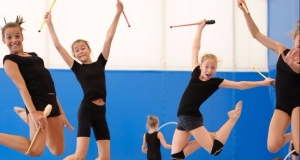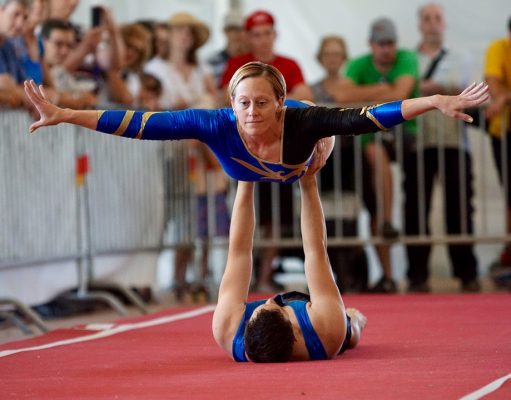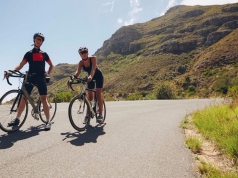Gymnastics requires strength, flexibility and balance. The events in gymnastics include vault, balance beam, uneven bars, floor exercise, pommel horse, still rings, parallel bars and the high bar. It is a competitive sport and known worldwide. Also included is aerobic gymnastics, artistic gymnastics, trampolining, tumbling, rhythmic gymnastics and acrobatic gymnastics.
In order to see what type of gymnastics events you would be best at and interested in, you could go to a Gymnastics Centre to try it out. It is believed to be an ancient Greek sport as they practiced similar exercises. The word gymnastics is from the Greek word “gymnos”, and was originally used as military training in preparation for war. The Federation of International Gymnastics (FIG) was founded in Liege in 1881 and by the end of the 19th century, gymnastics was included in the Olympic Games.
Keep scrolling down the page to learn more about this hobby. HobbyFinda has over 300 exciting hobbies to explore and with the use of our HobbyFinda Calculator, we make it easy for you to find a hobby the fun way!
Gymnastics Training – Six Key Gymnastics Moves to Practice
By JugHead
Gymnastics is an individual and a group sport that mainly uses balance, flexibility, strength, coordination and concentration while executing floor exercises with grace. Here are some key gymnastics moves to practice to enhance skills and develop muscle flexibility and strength.
Stretches and Splits – Doing stretches is one of the most important steps for every sport enthusiast. It helps condition and warm up the body and prevents muscles from cramping due to sudden strenuous activities. Stretches in gymnastics generally involve splits. One cannot perform a split in an instant. It takes time and consistent practice to develop muscle flexibility and strength. Developing powerful legs is essential for a gymnast. A step by step split guide is beneficial for starters and professionals in doing straddles, front and side splits.
Hand Stands – Hand stand is one of the fundamental skills in gymnastics. In performing a hand stand, one must focus on coordinating upper and lower muscle work in order to create a straight handstand. For non-professionals, training and practicing on how to do a hand stand can be performed with an aid of a wall. The more confident a starter can do a hand stand without a wall, the better.
Head Stands – Doing a head stand is much easier than doing the hand stand. This will make a person feel comfortable in an inverted position. In doing so, one must be on a tripod position – the head must touch the ground and hands should be parallel to each other. Start lifting your legs up and concentrate in balancing your whole body.
Walk Over – A walk over is a semi-advanced maneuver and skill in gymnastics. It is a fun yet challenging skill to learn and perform and takes a lot of practice. Once mastered, it can be used for several routines that can be performed on balance beams and floor exercises. A front walk over is basically a movement coming from a hand stand position going to bridge position and standing up on a simultaneous and graceful manner. Make sure to practice this skill on a soft surface area to prevent injuries. Good flexibility and proper body mechanics are keys to make a successful walk over.
Cartwheel – Cartwheels are among the core skills in gymnastics. A cartwheel is performed sideway following the motion of the wheel while keeping the legs and body in a straight gait supported by both hands. In performing a cartwheel, one must ensure that there should be enough room and space to prevent injury by landing unto someone or to something. Good rhythm, proper body alignment and coordination is needed to how to execute a cartwheel perfectly.
Bridges – Doing bridges will increase flexibility and increases range of motion of your back and shoulders if properly executed. In a soft flat surface, lie back comfortably with the legs bent. Bend the arms above the shoulders then gradually raise and straighten your elbows as the legs will push the hips in an upward movement. Once the bridge is accomplished, hold the position as long as possible then safely return from supine position. Doing bridges will require lots of practice. Always make it a point to perform stretches before trying to make a bridge.
Article Source: ArticleBase



















